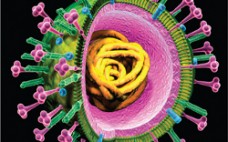Protein hydrolysates are widely used in mammalian cell culture to improve cell growth and recombinant protein production. However, use of the hydrolysates can lead to significant process variability, due to the limited control of their source and final composition during manufacturing. On the other hand, development of chemically defined media and feeds requires a tremendous amount of work, including comprehensive library screening and spent media analysis.
In this educational webcast, Dr. Hao Chen, Associate Principal Scientist, BioProcess Development at Merck, describes a rapid method for developing chemically defined media and feeds for Chinese hamster ovary (CHO) cell lines from existing proprietary media and feeds by the replacement of basal protein hydrolysates with novel supplements. In the case studies presented, Dr. Chen shows that after two rounds of optimization, the protein hydrolysate was successfully replaced. The resulting cell growth, protein productivity, and product quality were similar in the chemically defined and original media. The entire development process was completed within six weeks.










